Meet the Château... Smith Haut Lafitte
The story of Château Smith Haut Lafitte is one that spans over six centuries, tracing its roots back to a time when winemaking was still in its infancy. Today, this legendary estate remains a bastion of excellence, renowned for its unwavering commitment to organic farming, sustainability, and innovation. With each bottle, the estate continues to push the boundaries of what is possible, forging a path towards a more eco-friendly and sustainable wine industry. They have heavily invested in renewable energy sources and numerous eco-friendly initiatives, becoming one of the most environmentally conscious wineries in the region.
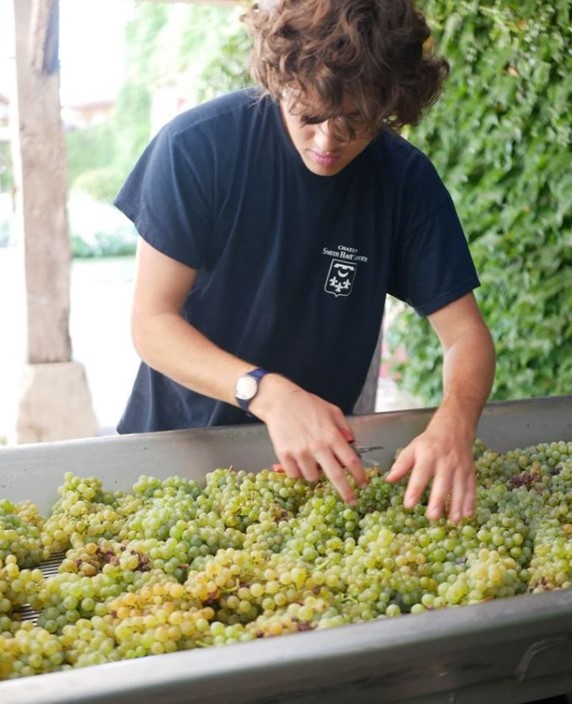
Pessac-Léognan
It is undeniable that Pessac-Léognan grows some of the best expressions of Bordeaux’s winemaking heritage and exceptional terroir. In her book ’Inside Bordeaux’, acclaimed wine expert and writer Jane Anson describes Pessac-Léognan as a “microcosmos of the entire Bordeaux wine region” with a diverse range of soils and a variety of styles of wine produced.
The appellation is especially known for producing world-class red wines, crafted from the noble grapes of Cabernet Sauvignon, Merlot, Petit Verdot and Cabernet Franc. With blends made of 60%, 30%, 1% and 9% respectively, Château Smith Haut Lafitte’s reds have been “increasingly juicy, focused and finessed in recent vintages, pulling back from its previous oak driven character from the 2010 vintage onwards and going more for classicism and ageability, still with plenty of polish and generosity”. Opulent yet elegant, these wines are a sensory experience in their own right, with rich notes of black fruit, tobacco and cedar lingering on the palate.
But Pessac-Léognan is also famous for its dry white wines. At Château Smith Haut Lafitte, these elegant whites are made from a blend of 90% Sauvignon Blanc, 5% Sémillon and 5% Sauvignon Gris, and are applauded for their crispness, minerality and complex aromas of citrus, peach, and honey. For Anson, “Hauts de Smith is one of the best-value and most consistent whites in the whole region, while the top Smith Haut Lafitte Blanc is a fantastic, age-worthy and thoroughly delicious example of quality Pessac white.”
Like any celebrated wine legend, Château Smith Haut Lafitte’s terroir is unique and contributes to the distinctiveness of their wines. Located on a high plateau overlooking the Garonne River, the vineyard stretches majestically over 78ha of prime Bordeaux terroir, soaking up the abundant warmth and nutrients from the sun-kissed soils. These are composed of gravel, sand and limestone, creating excellent drainage, retaining warmth, and contributing to the development of complex flavours and aromas in the wine, as well as a fine and elegant structure.
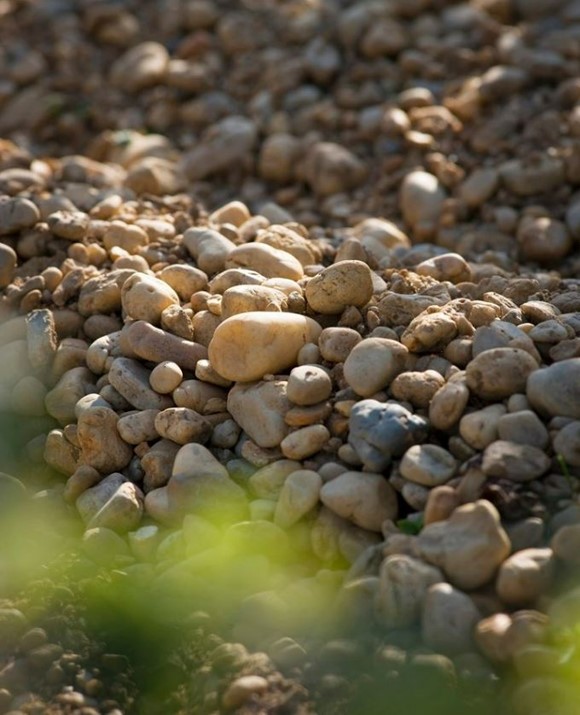
The soils of Château Smith Haut Lafitte, in the Pessac-Léognan appellation.
Long-standing history
Château Smith Haut Lafitte’s rich history is a testament to its enduring legacy as one of the most iconic wineries in the world. It all began in 1365, when Verrier du Boscq established the estate’s foundation, laying the groundwork for centuries of winemaking excellence. The estate’s illustrious pedigree continued with a branch of the royal Valois family, who proudly adorned their coat of arms with the iconic fleur-de-lis, symbolising their noble heritage.
In the 18th century, the estate’s storied history took an unexpected turn with the arrival of the intrepid Scottish sailor, George Smith, who gave the estate its name. “And its owner in the 19th century, Lodi Martin Duffour-Dubergier, was the man who as mayor of Bordeaux, signed off the 1855 classification,” writes Jane Anson. “And selflessly didn’t insist on including his own estate.”
But by the time the Cathiards took over the property, they were greeted with a sad reality. The once-proud estate had fallen into a state of disrepair. Wine merchant Louis Eschenauer had bought it in 1958 but died soon after; then British company Brent Walker PLC who, very commonly at the time, used fertilisers and weed killers, which depleted the soils. One of the first things the Cathiards did, therefore, was to stop all chemicals, and today the estate is entirely organic, certified as such in 2019. Today, the Château is also farmed (and certified!) biodynamic.
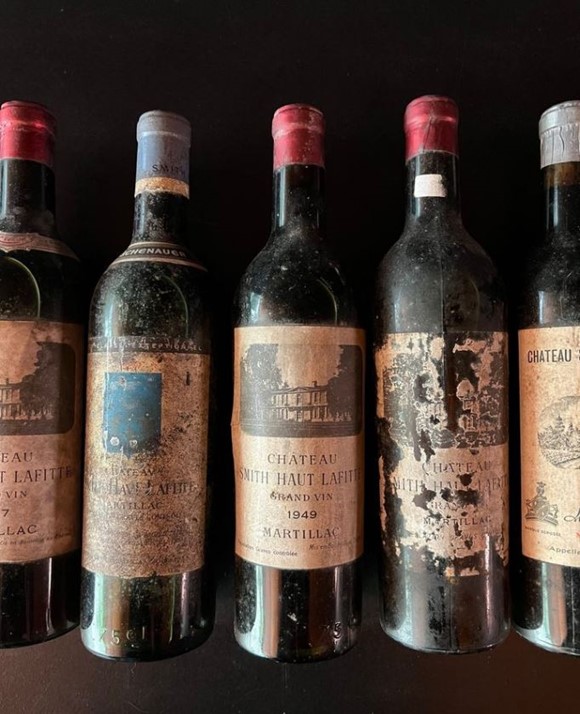
Biodynamics, sustainability and innovation
Château Smith Haut Lafitte’s unwavering commitment to biodynamic farming is not merely a trend or a marketing gimmick. It’s a philosophy and a way of life that permeates every aspect of the winery. The estate’s commitment to sustainability goes beyond farming practices, as they employ innovative and cutting-edge technologies to reduce their carbon footprint and preserve the environment.
One of the ways that the winery demonstrates their dedication to sustainability is through their use of horses for ploughing. By avoiding the use of tractors, they reduce their reliance on fossil fuels and minimise soil compaction. The horses also provide a gentler touch on the vines, which results in healthier grapes and more nuanced wines.
Another aspect of the winery’s sustainability efforts is their use of self-made compost. They use a mixture of grape pomace, horse manure, and other organic matter to create nutrient-rich compost that is used to fertilise the vines. This not only promotes soil health but also reduces waste and helps to close the loop on the winemaking process.
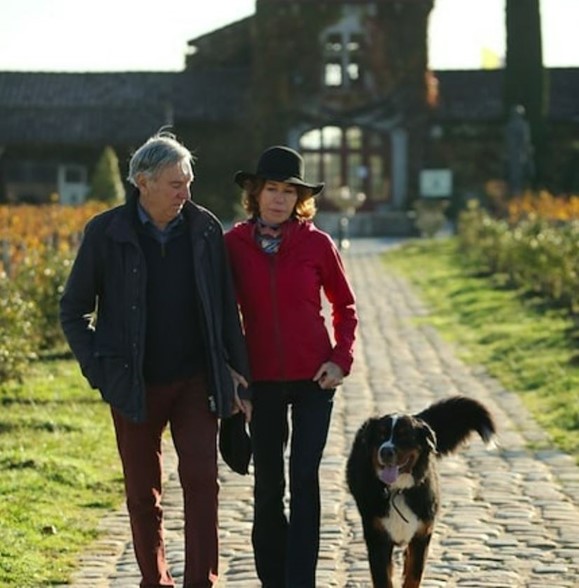
Daniel and Florence Cathiard, the owners of Château Smith-Haut-Lafitte in Bordeaux.
Winemaking is an art form, and at Château Smith Haut Lafitte every detail is considered. From the vineyards to the barrels, the winery is committed to producing exceptional wines while minimising their impact on the environment. Which is why the estate has established their own cooperage on-site, allowing them to have complete control over the ageing process. By building their own barrels, the winery can ensure that the wood is of the highest quality, and that it’s sourced sustainably. They can also experiment with different types of wood and toast levels to achieve the perfect flavour profile for their wines. Besides, they minimise their carbon footprint by reducing transportation.
Smith Haut Lafitte is also unique in that they produce their own rootstocks on a private island in the Garonne, making them the only Bordeaux château to do so. This level of control allows them to create a unique expression of the terroir, resulting in wines that are truly one of a kind.
But the winery’s efforts go beyond farming practices and barrel making. They have implemented innovative recycling programs, such as capturing carbon dioxide during fermentation and turning it into sodium bicarbonate. This commitment was recognised by the United Nations, and the château was invited to talk at the climate change conference in Paris, in 2015.
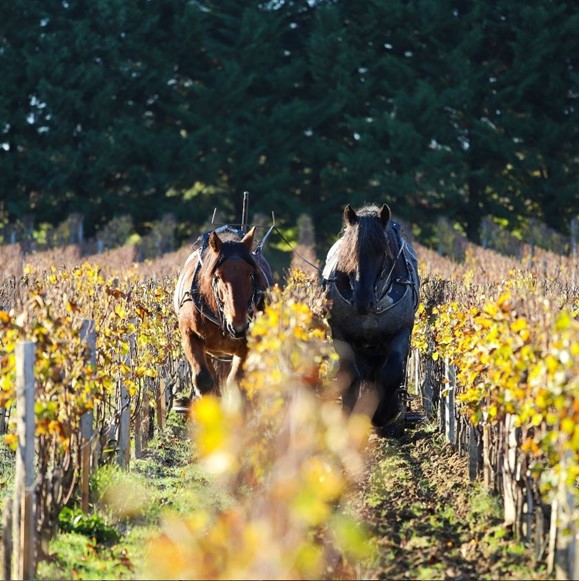 Horses are used for ploughing the vineyards of Château Smith Haut Lafitte.
Horses are used for ploughing the vineyards of Château Smith Haut Lafitte.
Art and wine
From its humble beginnings to its current standing as a world-renowned wine estate and cultural destination, Château Smith Haut Lafitte embodies the power of imagination, hard work and a profound respect for the land. Boasting a rich history dating back to the 14th century, its transformation is a tribute to the indomitable spirit of Daniel and Florence Cathiard, who acquired the estate in 1990. And not only is it acclaimed for its exceptional wines, today they are also celebrated for their remarkable art collection.
As visitors explore the estate, they are immersed in an experience that seamlessly blends art and wine, creating an ambiance of sophistication and elegance that is simply unparalleled. The art collection features pieces by some of the most distinguished contemporary artists of our time, including Niki de Saint Phalle, Bernar Venet, and Keith Haring, among others. Guided tours take guests through the cellars and tasting rooms, allowing them to admire the art while indulging in the estate’s exceptional wines.
The combination of art, wine, and sustainability creates a truly unique and unforgettable experience for visitors, highlighting the château’s commitment to excellence in all aspects of its operations. A testament to the Château's impressive work, it is worth noting that Smith Haut Lafitte has been selected by King Charles III as his sole vineyard tour in France, as part of his very first state visit as a King. It's sadly been postponed due to the strikes in late March, but rescheduled for the end of the year.
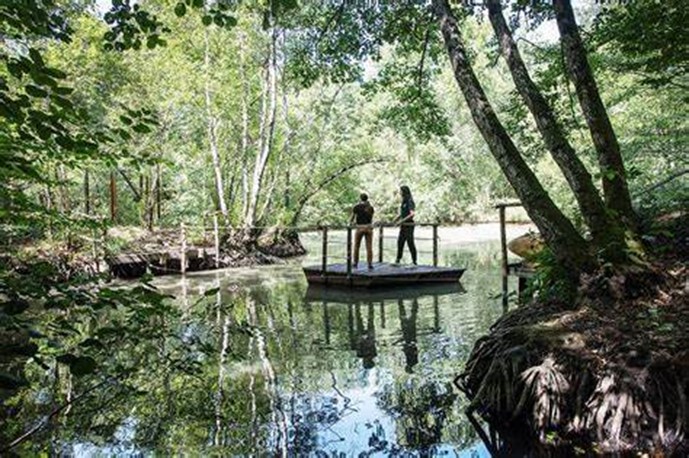
La Forêt des Sens, a 8ha forest, is an open-air museum where all artworks are exposed to the natural elements and live in total harmony with the environment.
We currently have the below Smith Haut Lafitte vintages available in the Bordeaux Collection:
43281 Smith Haut Lafitte Rouge 2010
43275 Petit Haut Lafitte Blanc 2019
43296 Petit Haut Lafitte Rouge 2016
Get in touch at finewinetrade@bibendum.co.uk for more information or to order any of these wines.

